Hadar Goldman - Interview
by Marie Hazelwood
published: 24 / 12 / 2015
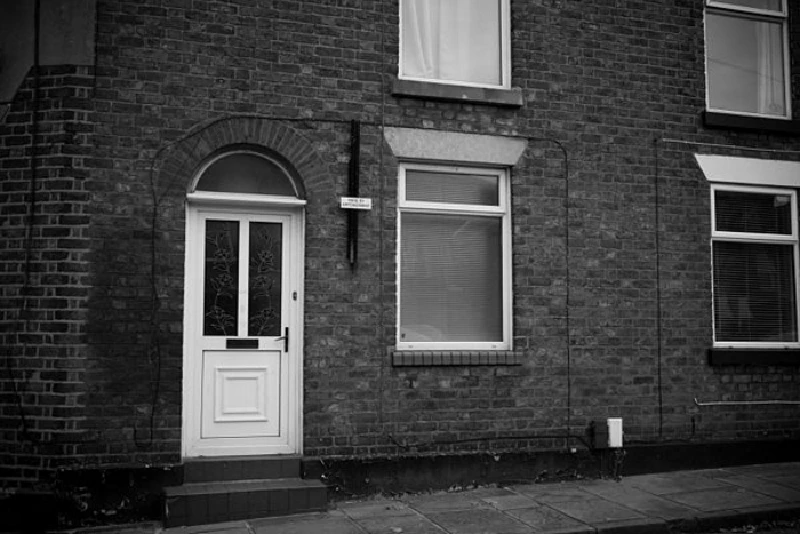
intro
Marie Hazelwood speaks to musician and entrepreneur Hadar Goldman who is opening a Joy Division museum in Ian Curtis's former house in Macclesfield
When the former house of Ian Curtis at 77 Barton Street in Macclesfield went on the market at the beginning of this year, many people had the same idea in mind: Save it. A few crowd funding campaigns failed to raise the money, but then Hadar Goldman stepped in. Goldman is a musician, violinist, entrepreneur, and owner of a successful advertising company, and some months ago became extremely popular among Joy Division fans. Paying nearly double the asking price, he managed to buy the house outright. Now, in the light of slight criticism from some of the fans, he is in process of turning it into a museum in a memory of Ian Curtis and Joy Division. Having said in interviews in the past: “Some people would pay for a Rembrandt painting; for me, Joy Division is the modern Rembrandt”, Hadar Goldman spoke to Pennyblackmusic about his inspirations, thoughts and ideas behind this project. PB: A quick internet search tells me that you are successful owner of a creative agency and a musician, but you came as an underdog, out of nowhere, buying a house that every fan of Joy Division has heard of. What made you make this decision? HG: I was born a musician - from the age of six I played the violin quite successfully. When I was sixteen, I was introduced to rock music - especially alternative music, mainly from the north of England, Ireland and Scotland. Joy Division had a tremendous influence on me - both on a spiritual level and my joy of music. I knew every note and the lyrics off by heart. The news of Ian Curtis’s death really shocked me. A few months ago, when I heard through the net and on the radio that fans had failed to raise the funds to purchase the house, I sprung into action. I left messages for the fan club leader, and then I contacted the real estate agents, who told me it was too late, as the house had been sold. I felt driven to buy it, at any cost. My mate’s brother is a successful real estate attorney in London. He listened to me and understood that I was there in full power. After negotiations and some more funds from my side, I bought the house. PB: How did you get into Joy Division? What attracted you to the band at first listen? HG: As a post punk band, Joy Division had this powerful energy on one hand, but super emotional and so tactile and fragile on the other – the combination just mesmerized me. And obviously, the sound, the production of the band was unique and beautiful - and the minimalism that expresses so much. Back then, I had to order the record, the LP, from the UK, and had to wait six weeks for it to arrive all the way to Tel Aviv. My brother’s friend introduced me to the whole new alternative music scene, and I can’t be thankful enough for this introduction. The influence was so great that I put together our band, SIAM. We lived in the UK and played all over the country and Europe. We supported the Banshees, Killing Joke and other great bands, as well as making music for films and stuff. The lifestyle of my youth was too hectic, so I had to take a break from rock and roll. That’s how I went into and advertising. PB: Tell us more about your plans after you bought the property? HG: Well, I have a few plans for this house: I would like to turn it into some sort of contemporary museum for alternative artists. Sure, I want to use Ian’s creativity and energy, but I’d love to take it to new places too. Today we have so many digital options. We could bring these young artists to the world. I am talking about artists from the north of England - film, music, design, digital start ups and so on. I think that Ian Curtis was a very innovative guy. Music was the tool that he chose. But first, I need to get all permits and regulation stuff in place. The museum will start only after we get them. This is not a business initiative; it’s a not-for-profit venture, purely for the good of new creatives and for the north of England. PB: Are there any plans to get Ian’s family involved in this project as well as former members of Joy Division? Would that be something that you would be aiming for? HG: I’d love to get any help possible. Of course I could use help from Ian’s family members, New Order and Hooky, but I won’t force myself on any of them. I’ve got no right to do that. I am sure that they’ve had their share of issues, and it’s not for me to get involved in personal stuff. But I would be really happy if they came on board. PB: You currently living in Israel? Is it difficult to manage a project like this, when you live abroad? HG: I divide my time between Tel Aviv and Austin, Texas. In today’s world, everything is possible. I have a digital company based in both Chicago and Tel Aviv, so I’ m used to doing things remotely. Having said that, I would be glad to have to have people help me, especially from Macclesfield and Manchester. I’ve been approached by so many people, now is the time to start gathering it all together. I’m not the best manager in the world. I’m a bit ADHD, which gives me some creative advantages, but management isn’t one of them. PBM: You are a musician as well as businessman. Have Ian Curtis influenced your work in any way? HG: Ian Curtis and other artists gave me the freedom to create, and the confidence to do things, even if people can’t digest them at first. I see in Ian a top creative guy. If he hadn’t been a musician, I am sure he would have expressed himself through other channels. PB: How do you feel about criticism coming from Bernard Sumner, saying that the museum will be a “Monument of suicide”? HG: Bernard Sumner has earned his right in this world to say anything he wants. Joy Division and New Order are great credentials. I don’t agree with his assumption about the museum, but if that’s his opinion, I respect it. PB: Have you received any comments from fans of Joy Division? Is it rather positive or any negative ones? HG: I received thousands of responses - 99% of them were so positive, they really touched me; the teeniest few reactions were anything from weird to mean. PB: What are your ideas for exhibitions inside the house? What would you like to create using the space? HG: The house itself is the core energy for the whole project. A contemporary museum that will broadcast to the whole world the past glory, but, more importantly, the current brilliant talents of this wonderful part of the world: the north of England, that has spawned so much innovation in every field. Musicians will be able to come and record new ideas, not on a master recording level, but to lay down ideas. Writers, filmmakers, painters and others can create from there. We will project this wonderful energy to the whole world. People will come to Macclesfield, but mostly, great things will come out of Macclesfield. PB: Thank you. Photos by Marie Hazelwood http://mariehazelwood.tumblr.com/
Band Links:-
https://www.facebook.com/hadar.goldman/https://twitter.com/hadargoldman
Picture Gallery:-
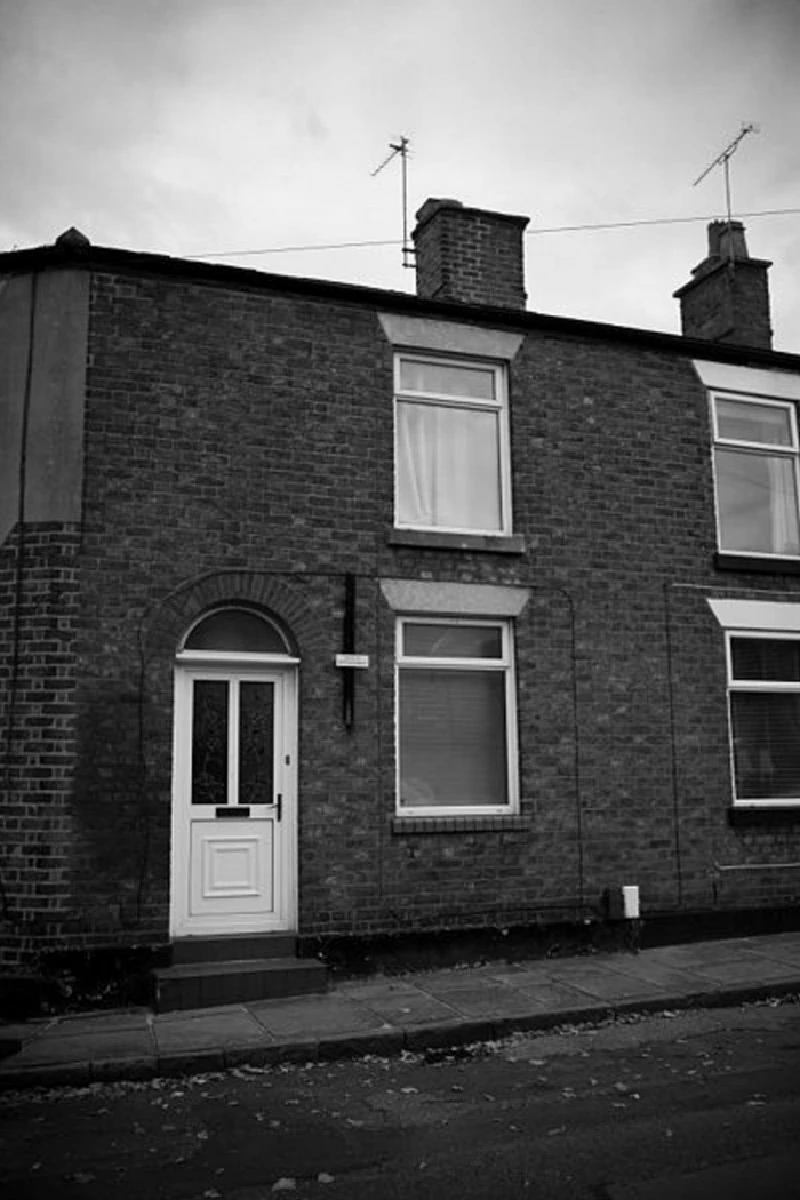
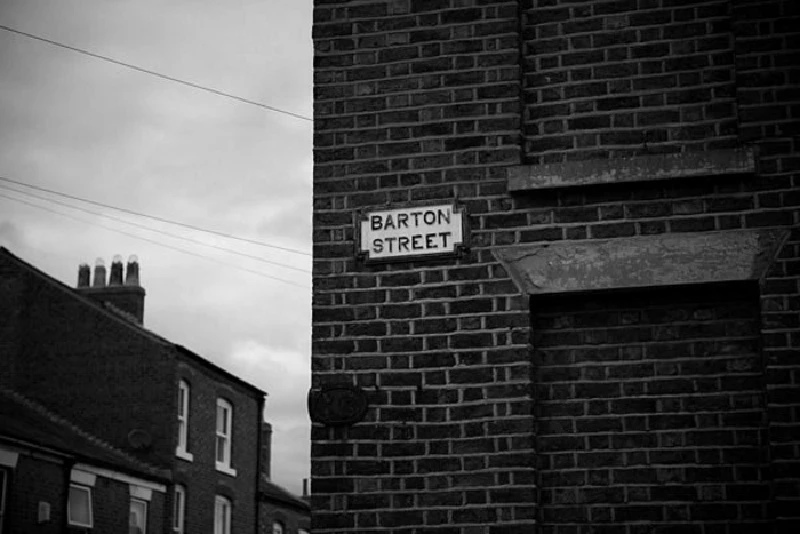
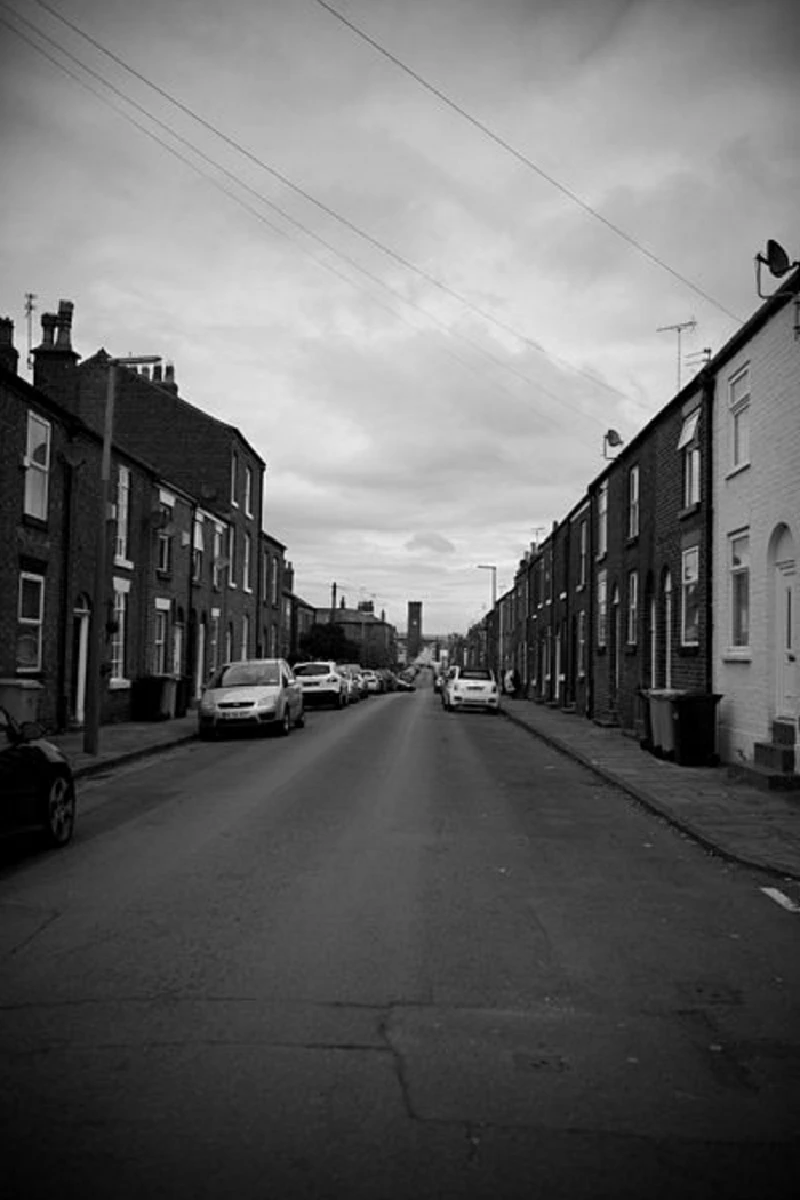
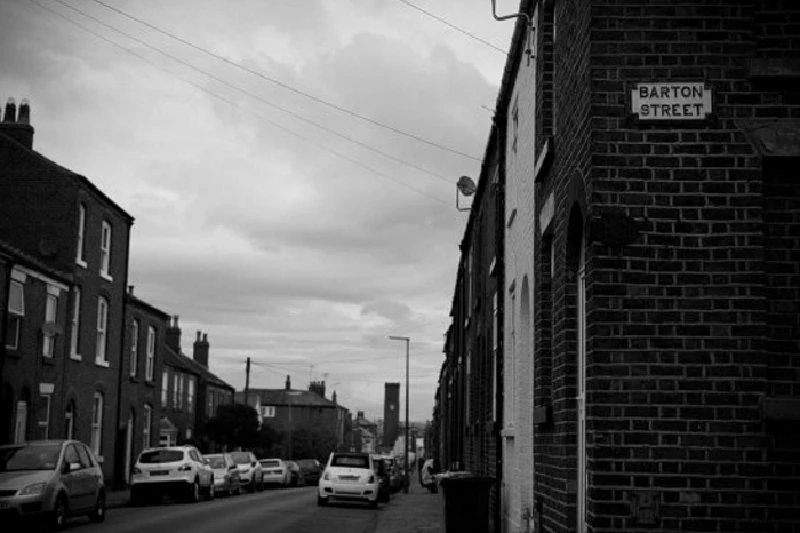
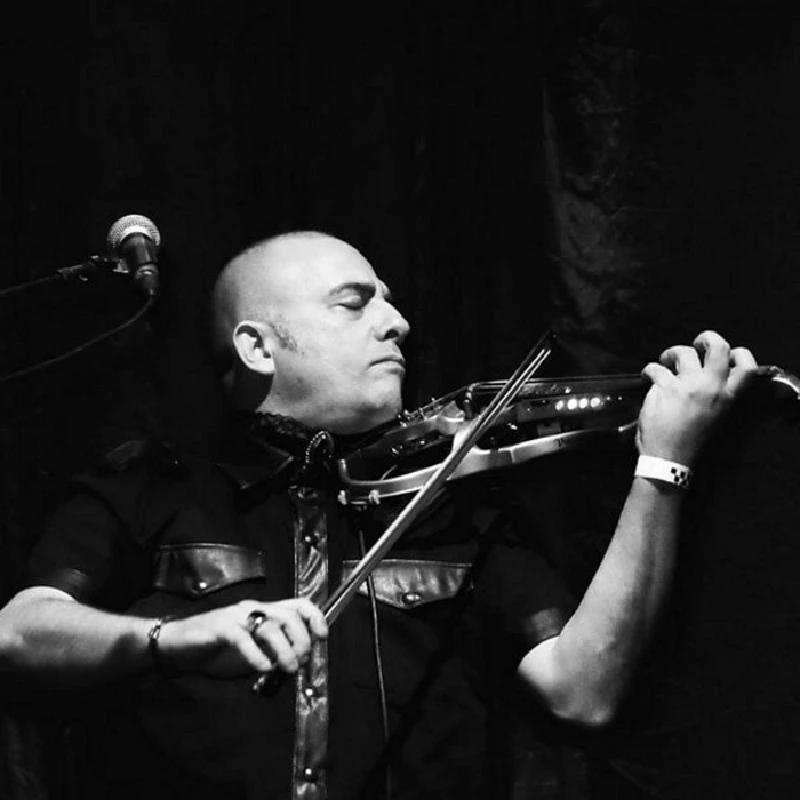
most viewed articles
current edition
Carl Ewens - David Bowie 1964 to 1982 On Track: Every Album, Every SongArmory Show - Interview with Richard Jobson
John McKay - Interview
Colin Blunstone - Thalia Hall, Chicago, 16/7/2025
Billie Eilish - O2 Arena, London, 10/7/2025
Bathers - Photoscapes 1
Visor Fest - Valencia, Spain, 26/9/2025...27/9/2025
Loft - Interview
Sir Tim Rice - Interview
Robert Forster - Interview
previous editions
Manic Street Preachers - (Gig of a Lifetime) Millennium Stadium, Cardiff, December 1999Heavenly - P.U.N.K. Girl EP
Beautiful South - Ten Songs That Made Me Love...
Oasis - Oasis, Earl's Court, London, 1995
Peter Perrett - In Dreams Begin Responsibilities Interview Part One
Boomtown Rats - Ten Songs That Made Me Love....
Coldplay - Wembley Arena. London, 16/8/2022
Prolapse - Interview
Pixies - Ten Songs That Made Me Love...
Trudie Myerscough-Harris - Interview
most viewed reviews
current edition
Davey Woodward - Mumbo in the JumboSick Man of Europe - The Sick Man of Europe
Lucy Spraggan - Other Sides of the Moon
Amy Macdonald - Is This What You've Been Waiting For?
Phew, Erika Kobayashi,, Dieter Moebius - Radium Girls
Bush - I Beat Loneliness
Suzanne Vega - Flying With Angels
Alice Cooper - The Revenge of Alice Cooper
Cynthia Erivo - I Forgive You
Blueboy - 2
Pennyblackmusic Regular Contributors
Adrian Janes
Amanda J. Window
Andrew Twambley
Anthony Dhanendran
Benjamin Howarth
Cila Warncke
Daniel Cressey
Darren Aston
Dastardly
Dave Goodwin
Denzil Watson
Dominic B. Simpson
Eoghan Lyng
Fiona Hutchings
Harry Sherriff
Helen Tipping
Jamie Rowland
John Clarkson
Julie Cruickshank
Kimberly Bright
Lisa Torem
Maarten Schiethart